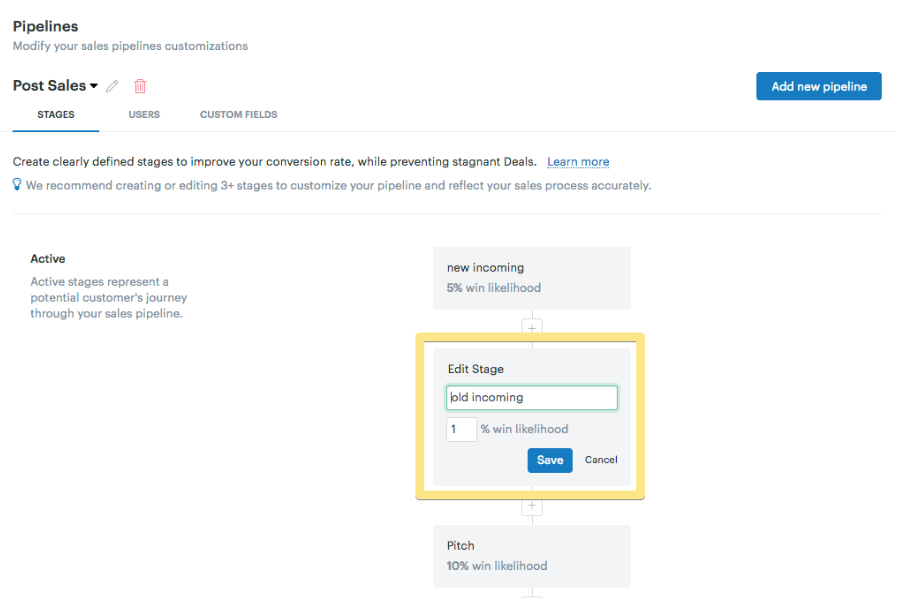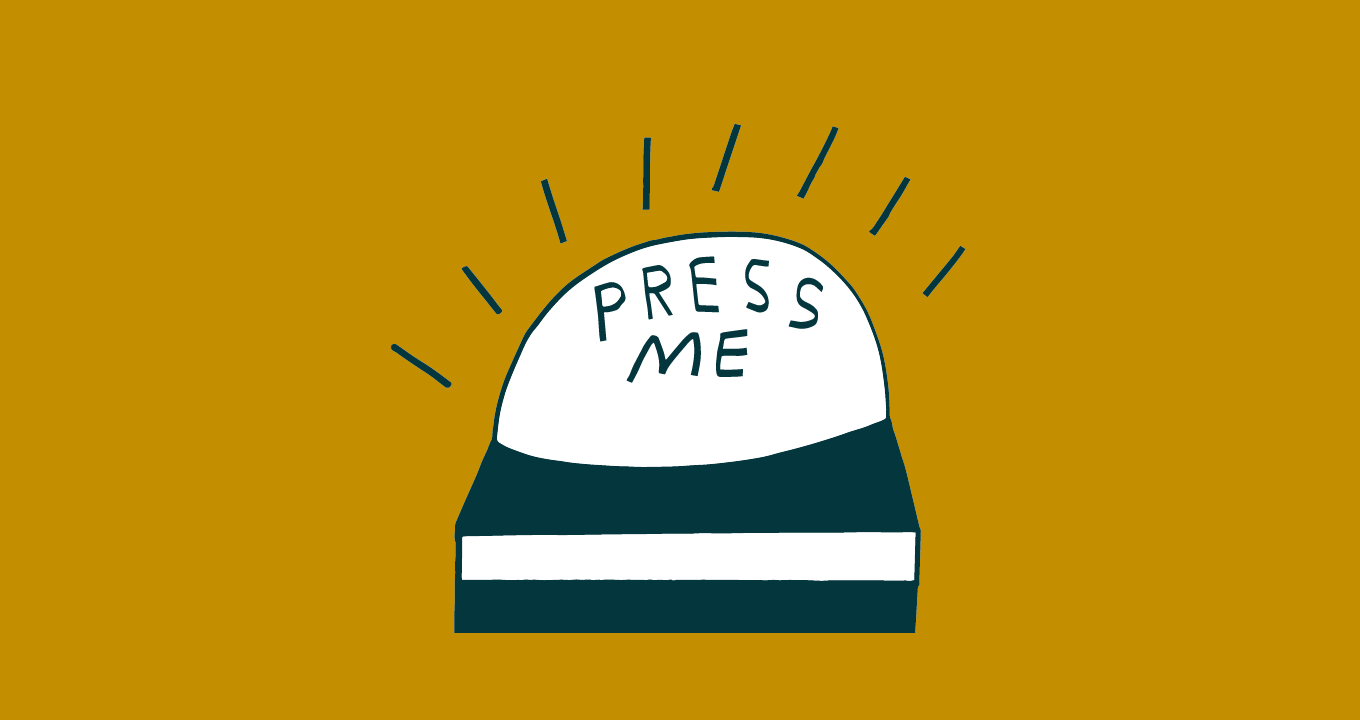Article • 6 min read
How to build a sales pipeline (and why you should)
A sales pipeline can help you forecast better and close more deals. Here's how to create one.
Josh Bean
Director, Marketing
Most of us have relied on a maps app on our phones to help us navigate a new city or find a new destination. We trust it to show us where we are and to tell us what we need to do next — “In 1.5 miles, prepare to turn right,” it might say.
A well-constructed sales pipeline is like a GPS for your sales team. It provides a visual representation of where your prospects are in the buying process, and in doing so, it dictates the next steps that will most efficiently close the deal.
The most effective pipelines are not generic. They are customized to fully leverage the knowledge your team has about the way your customers buy your product. Learn how to build a sales pipeline that matches your company’s sales process. With a customized pipeline, you can introduce the nuances and subtleties needed to help you forecast better and close more deals.
Why sales pipelines matter
If you don’t have a good idea of where you stand, it’s hard to know the best way forward. The best pipeline acts as a series of guideposts that your team can follow as they nurture leads through the sales process; it provides insights into what your reps should be paying attention to each day, helping them determine the next step to take to move a deal through the funnel; and it gives them perspective on how far they’ve come and where they are going, which is important for high-level planning.
While most companies will use roughly the same approach, tweaking the pipeline to fit your product(s) and the needs of your potential clients increases your chances of closing a deal.
How to build a sales pipeline
The optimal approach will be different for every company, but most sales pipelines follow a similar framework.
Prospecting
This is an accounting of all your leads, and it builds the base of your sales funnel.
- Tip: Track both inbound and outbound leads so that you can hone your marketing strategy based on the data.
Qualified
Your reps have defined the needs of these leads and ensured that your product or service meets them. (Leads who won’t benefit from your offerings are designated as unqualified.)
- Tip: Always be selling. Your reps should be showing value at this stage, not just qualifying. They should be prepared to introduce case studies and back up their assertions with stats. If you address pain points early, the close will be easier.
Quote
This stage is also often designated as “proposal made.” You’ve talked details with the prospect and feel confident you can gain their business.
- Tip: Send a well-crafted proposal that can be edited in real time. Make sure to set a follow-up call after giving a quote. Time kills all deals, so make it as easy as possible to get the documents edited and signed.
Closure
This is when negotiations start. Knowing that a deal is in this stage indicates your team needs to be prepping its closing strategy.
- Tip: If you hit a snag during closure, get a C-suite member to step in to smooth over an issue. Team-based selling is a great antidote for stuck deals.
Won/Lost
You must track outcomes, win or lose.
- Tip: Note why you won or lost so you can track what works and update your processes.
While this basic setup is often adequate, the optimal order of your pipeline stages, as well as the categories you choose to track, will depend on your business.
How to customize your sales pipeline

The key to building a sales pipeline is to align your pipeline stages with your sales process.
Do you offer a free trial to most prospects before going in for the close? Do you get most of your leads through social media marketing? Do you schedule a lot of in-person meetings before closing?
Use the answers to those questions to inform the way you build your pipeline.
- SaaS companies will likely have a stage called “Demo.” This gives you a chance to explain how complex pipeline software or sales funnel platforms work and how they will help your lead’s bottom line.
- A real estate company will have sections for “Property Evaluated” and “Property Listed.”
- A financial services company will want to track “Underwriting” and “Application Approved”
- A consulting firm will have a stage for “In-person Meetings.”
You don’t want to include so many stages that you lose the ability to understand the health of your funnel at a glance, but there’s no reason you can’t build a funnel that is perfectly suited to your needs.
How to manage your sales pipeline
Visibility into your pipeline is important, but how you keep deals moving is just as crucial.
Know the exit criteria for each stage.
Hard-and-fast rules are helpful for keeping your team on the same page. For instance, prospects might have to meet the following criteria to trigger a proposal: they gave a verbal go-ahead to a rep on the phone to indicate they were interested in a proposal, and they have confirmed that their company has the budget to buy your product.
Create a sales process to complete each stage.
This might be a series of questions you ask every prospect while qualifying them, or an email drip that is triggered if a buyer has had the proposal for over a week but has not been responsive. A well-defined process keeps deals moving because your reps don’t have to make judgement calls about when to update a prospect’s status in their CRM.
Use a CRM to measure progress and collect data.
You can’t improve what you don’t measure. With a CRM like Sell, you can track your deals at a granular level and figure out exactly what is causing bottlenecks in your funnel. Maybe you discover that it’s almost impossible to qualify leads that come in through a certain advertising channel, so you divert funds away from that strategy.
Beat quota through clarity and consistency
Follow the tips above to learn how to build a sales pipeline perfect for your sales team. A well-designed sales pipeline is a tool that helps get your team on the same page and following the same process. This reduces mistakes, boosts efficiency, and makes it easier to ramp up new team members.
When your entire organization knows exactly where each deal stands and what they need to do to move it along, their quotas will fall like dominoes.
This post originally ran on the Base blog. Please visit www.zendesk.com/sell if you’d like to learn more about Zendesk Sell.
